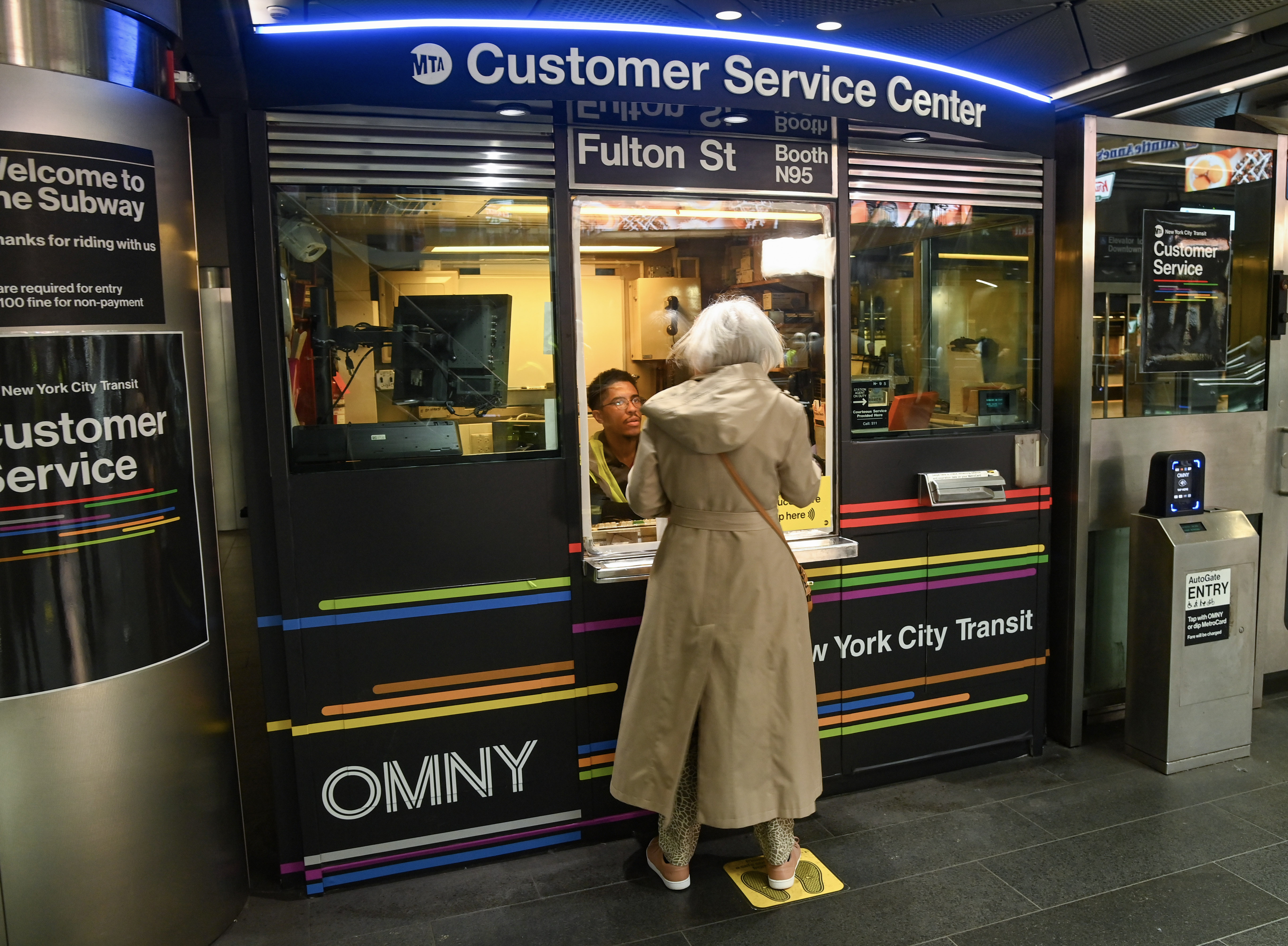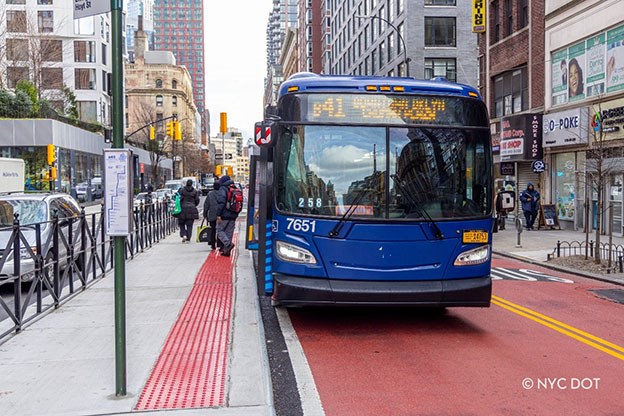Public transit is not only the lifeblood of New York City's economy, it is also the most popular means of transportation for the millions of locals and visitors due to the easy access to bus and subway lines. However, navigating public transportation in a big city can be challenging at first, which is why we have compiled a guide to help you move with ease.
1. Learn The Subway Map And Bus Routes
The NYC subway has 36 different lines, each identified by a letter (A, B, C, D, etc.) or a number (1, 2, 3, etc.). Lines are color-coded on the map, so knowing the color of your route makes navigation easier. NYC buses can have frequent stops and some lines are Limited, meaning they run express.
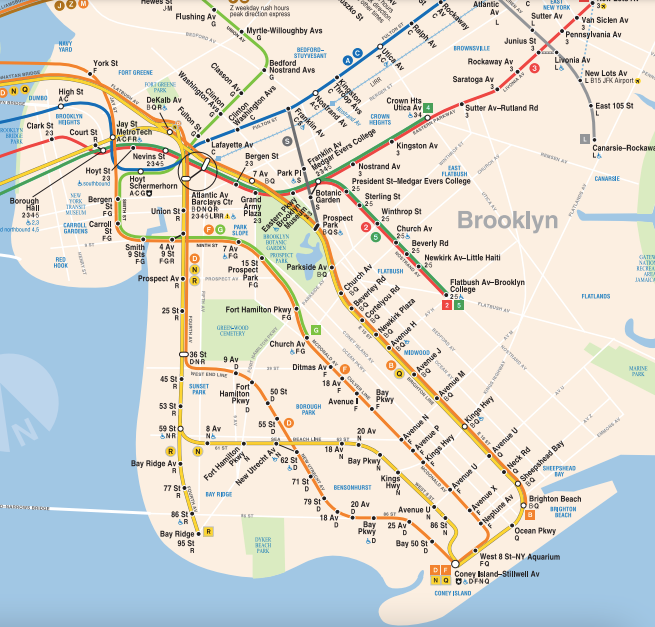
2. Use Apps
Use tools like Google Maps or the MTA’s Trip Planner to find the best routes, check train times and avoid delays. These apps also offer step-by-step directions and real-time updates.
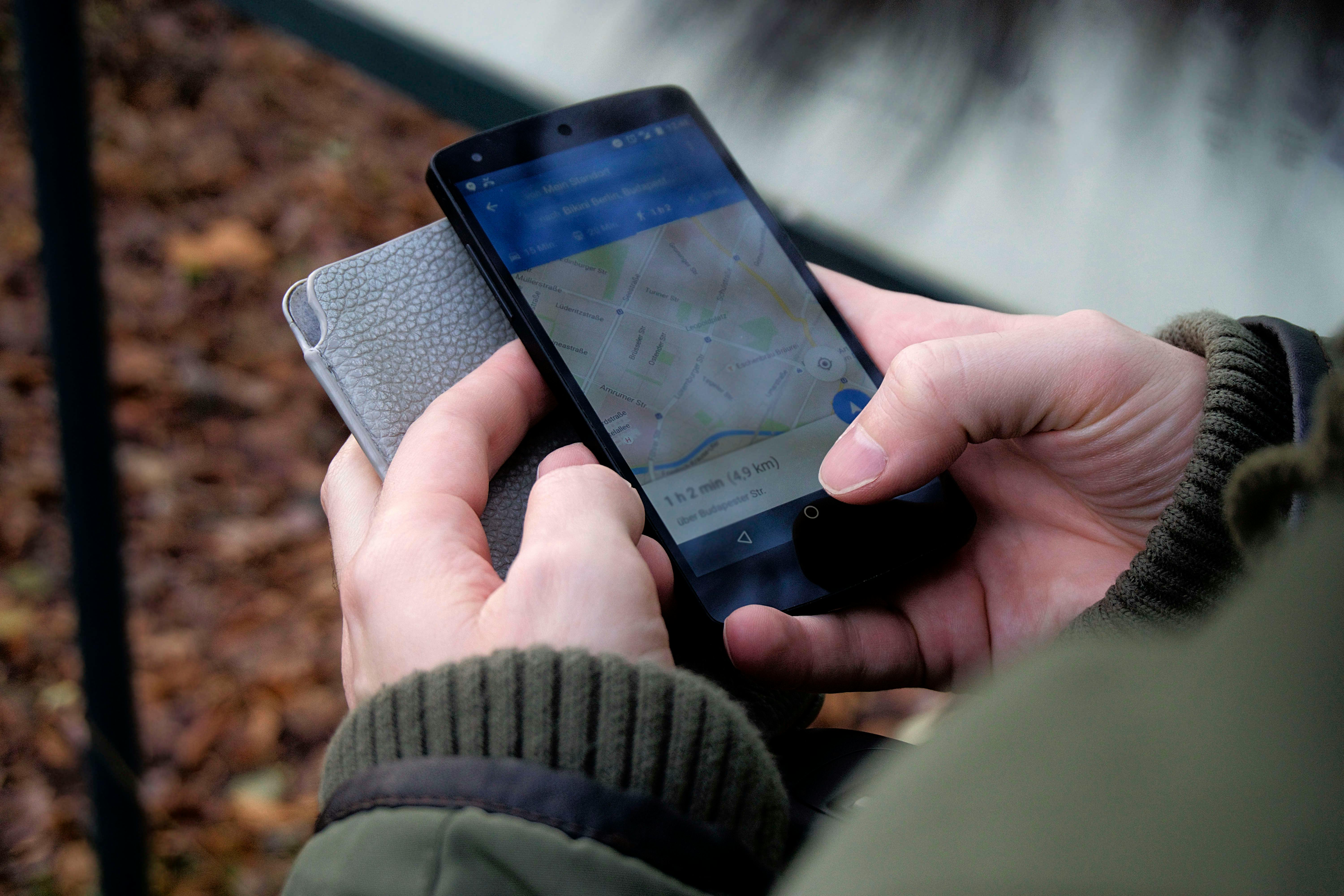
3. Master The OMNY Payment System
The MTA is transitioning to a payment system called OMNY, which allows you to use a contactless credit card, debit card or smartphone to pay for your subway and bus rides. It’s quicker and easier than using a MetroCard, which is being phased out.
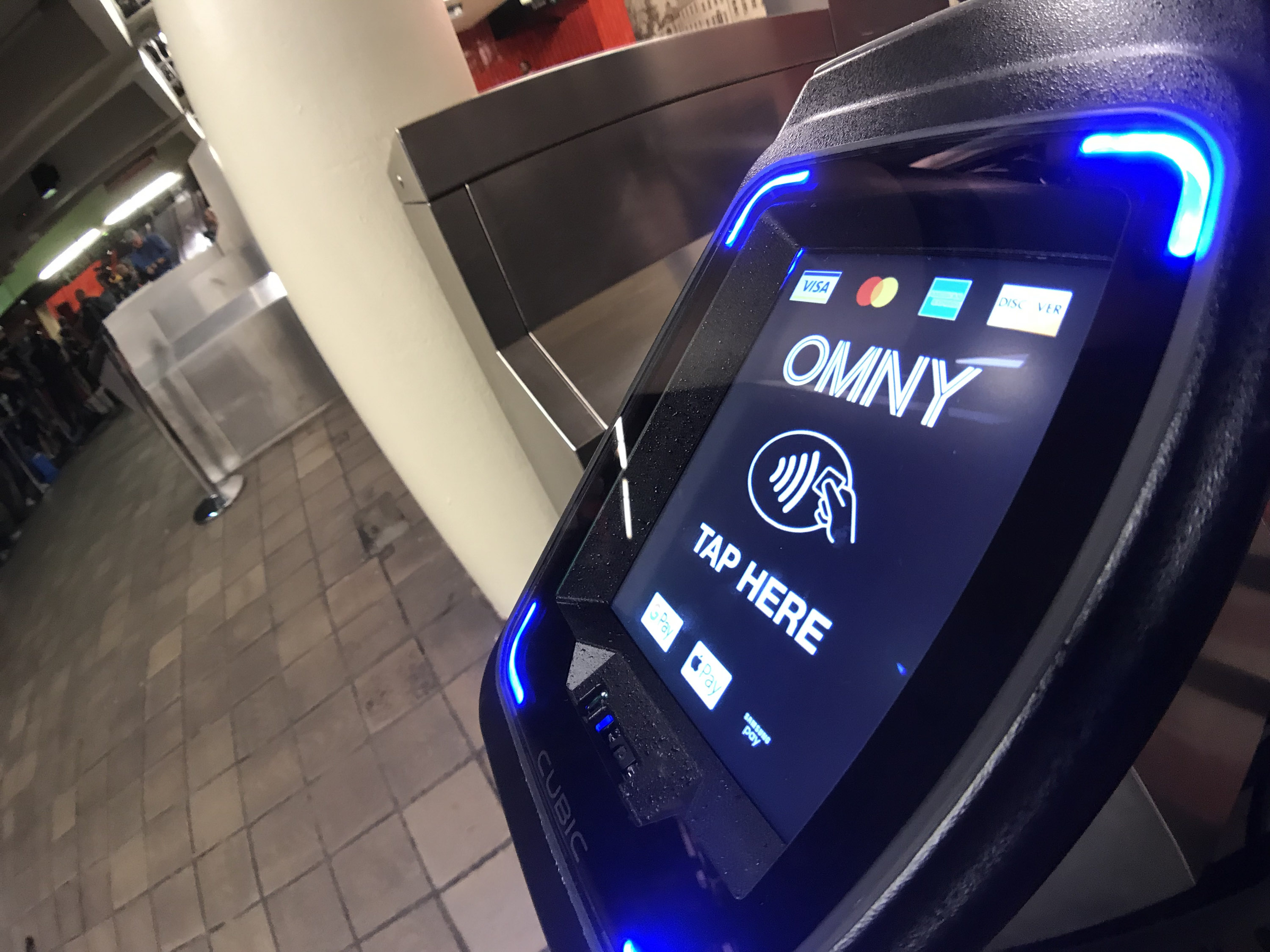
4. When You Can, Avoid Crowds
NYC’s subway system is busiest from 7:00am to 9:30am and 4:00pm to 7:00pm. If you can, avoid traveling during these peak hours. The middle of the train line is usually the least crowded, while the first and rear cars are usually packed with people as many stations have exits there.
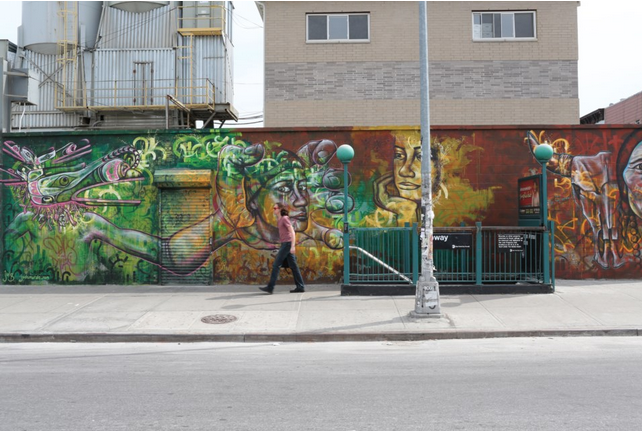
5. Take Advantage of Discounts And Free Transfers
The MTA offers half-fare MetroCards for seniors (65+), eligible disabled riders and public school students. Make sure to apply for a discounted card if you qualify. Up to three children under 44 inches tall ride for free when they’re with a fare-paying adult on the subway and local, limited, and Select Bus Service buses. On express buses, infants under two years old ride for free as long as they’re seated in the lap of a fare-paying adult.
